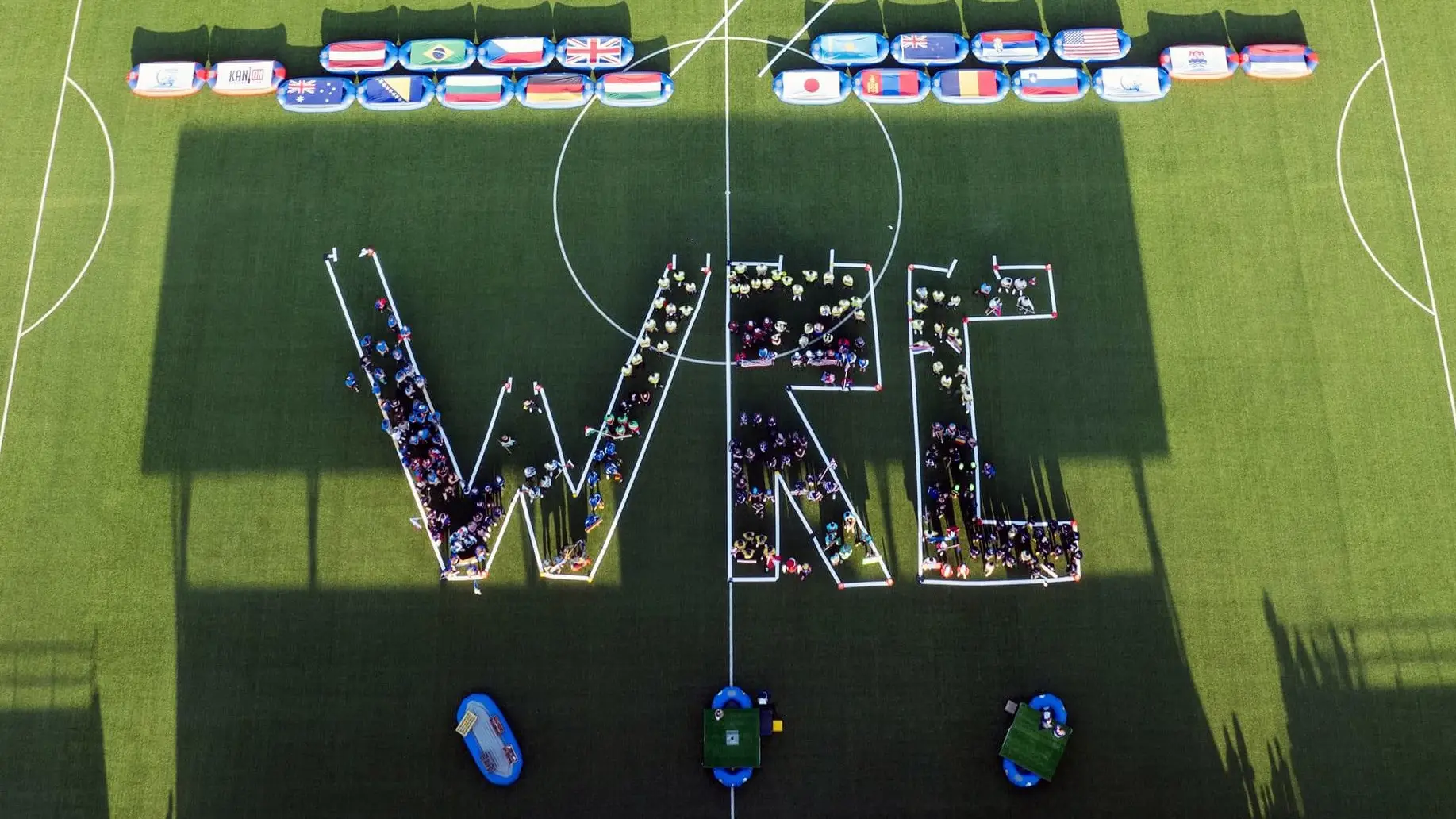Nick Harding | Sportscene – Only recently, SPORTSCENE talked over the challenges of being an individual extreme athlete and a competitive rafter with Sam Sutton. Slalom Olympian and fellow New Zealander Luuka Jones further expands on this issue many multi-event athletes face.
In the same Okere Falls location as Sam but on an alternative coffee occasion, Director Rob caught up with Luuka at The Store.
Luuka, who was the first female to qualify for New Zealand in Olympic K1W slalom, she finished 21st at Beijing and 14th at London when she was only 23. We have high hopes she can further improve her ranking at Rio 2016. She was also a proud Silver medallist at the 2010 World Rafting Championships in Zoetermeer, The Netherlands; this was her first major raft international, she took part in the 4-person event. Now she has branched out into 6’s, even though she finds 4’s are “easier to coordinate.”
Luuka outlines what new rafting teams should do to strengthen their squads:
1) Teamwork
As obvious as it seems, the key element to a harmonious raft relationship is teamwork. In a solo event you make your own decisions, in a raft everyone must be on the same page, voicing every thought, discussing what move to make, making every member aware of every idea. No one view is better than another.
“You can have the strongest teams of individuals but if you can’t work together it won’t work.”
Challenges: voicing every opinion can make training time-consuming. Immediate race decision-making can be hindered by many vocal members.
2) Nominate a leader
This is an age old argument, leader or no leader? Luuka is confident that a well-oiled machine still needs someone to make the final call and decide how you are going to do something.
“I like the idea of having a leader. When 6 individuals are coming together, making calls and decisions, it can be time-consuming and difficult to understand.”
Challenges: how do you select your raft-lead? Do you actually listen to them? How assertive do you have to be when listening to a multitude of voices?
3) Spend time together on the water
The women’s New Zealand raft team all have backgrounds in whitewater, their goal is to win the 2013 World Championship. You need to be willing to train and work together to succeed.
“We could kind of tell actually over the weekend of racing that we hadn’t spent a lot of time together as we felt we were a bit out on teamwork and coordination. We’ll spend the next year working on these.”
Challenges: training together can prove difficult to organise in terms of athletes’ time and whereabouts.
4) Know your team’s strengths and weaknesses
Luuka advised working with the dynamics of the raft, changing seats to suit each individual’s talents. Understand everyone’s background, every team member has something different to offer, each personal weaknesses needs to be addressed. You have to achieve a level of telepathy together where you paddle without thinking;
“if it [the raft] goes off course you don’t need to shout at each other to get it back on track.”
Challenges: seeing a tangible result from changing seat positions.
5) Think like a rafter
Navigating a gate in a carbon boat is contrastive from doing so in an inflatable, less manoeuvrable raft. Strokes are different. You have to look at the lines from a rafter’s eyes not an individual paddler. In a raft accuracy is more difficult to achieve in smaller margins.
“Slalom paddlers are perfectionists, some things don’t feel right in a raft, it’s a bit frustrating.”
Challenges: avoiding being individually reactive as a whitewater paddler is not like a tap that can be turned off, paddlers are instinctive and have innate senses of feeling the water. This can often cause conflictive ways of running a rapid.
6) Know your vocabulary
[Unaware that this was an issue, my ears prick up!]
Terminology used to describe a stroke or feature or line can vary from one paddle sport to the next and indeed between region, nationality and language spoken. Again this comes back to the notion of being on the same page as your team-mates, you have to be able to understand each other.
You have to have a language of explanation that everyone can understand.
Challenges: interpretation of different lexis used could lead to different implementation. Instructions could be misunderstood, the raft could move wrongly in the moment.
Sound advice there from Luuka Jones on how to turn individual paddlers into World Champion rafters. More to follow on this topic.
Also: Extreme kayaker and professional rafter; Sam Sutton’s rival mindsets
Links
Website Luuka Jones: www.luukajones.com
Website 2013 World Championships Rafting: www.2013raftingworldsnz.com

